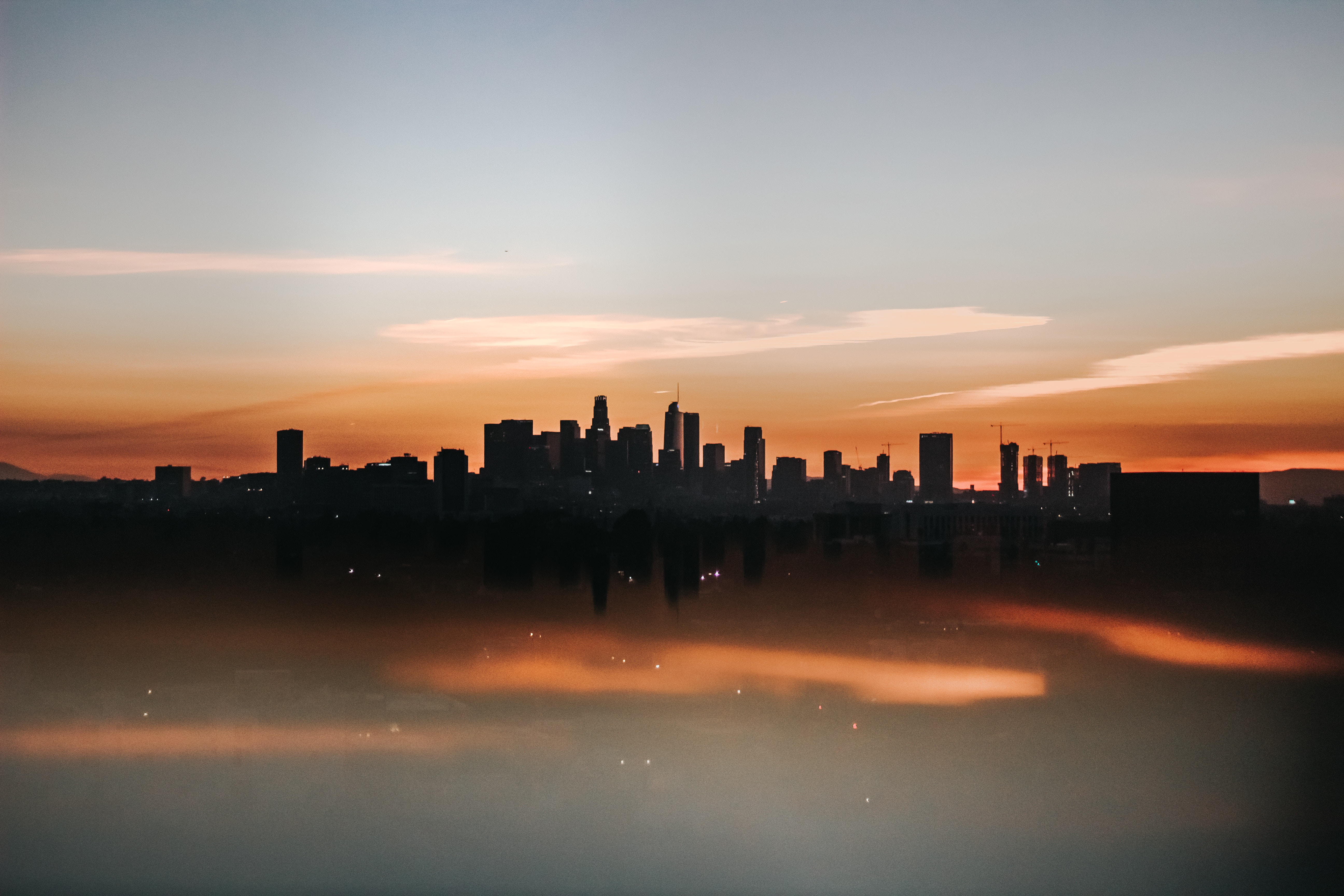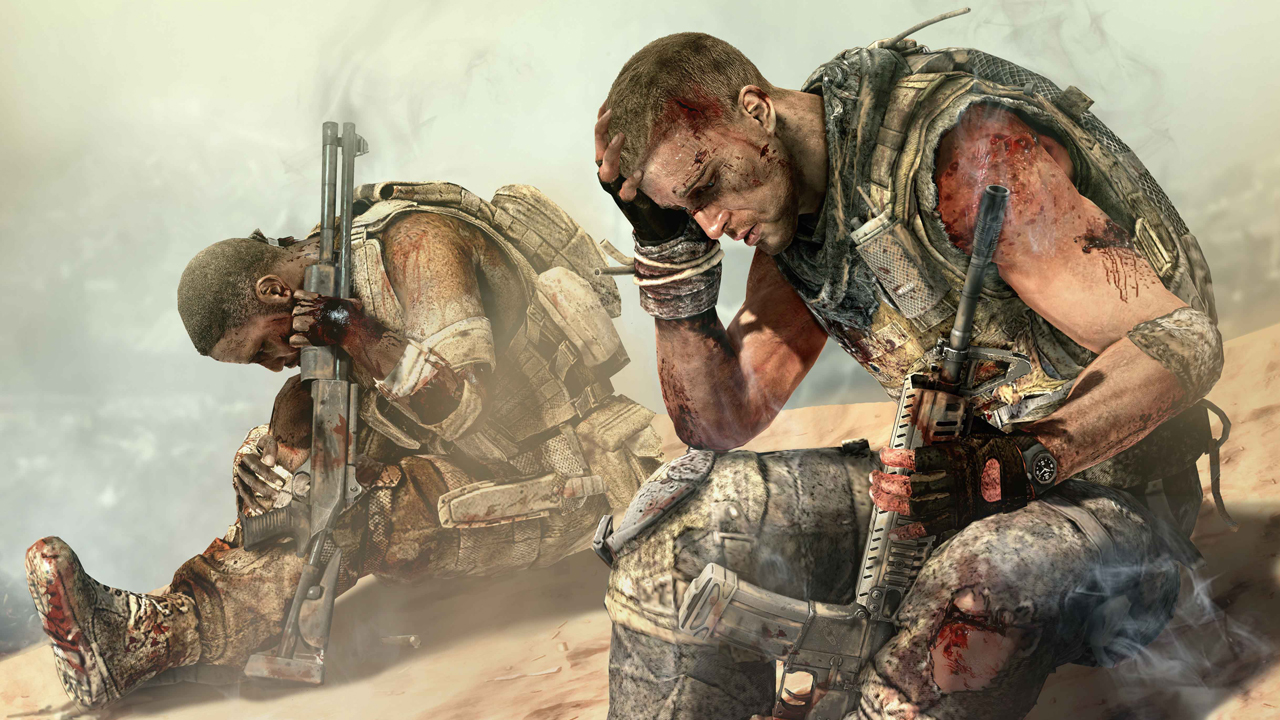As always, you can find a list of all the posts in this series by clicking here.
The Big City. No Bigger Than That!
Eisenstadt is the New York, London, Tokyo, and Bombay of my setting, all rolled into one. It is
an enormous, teeming metropolis of some 15 million souls, and the largest and most powerful free
city in the world. The city center sits inside a huge meteoric crater some 30 miles in diameter
that was created back in primal antiquity and also happens to sit at the mouth of a river,
directly downstream from where it merges with two more. The crater is about 3/4ths on land and the
rest forms a convenient highly-porous perimeter of islands around an equally-convenient harbor.
The walls of the crater reach up some 200 feet in height on average and close to 250 at their
highest points. Magical terraforming and plain old luck has ensured that despite the walls of the
crater, the rivers and harbor are both extremely accessible, and numerous road and railway tunnels
have been cut through the walls as well.
Out over the harbor, a solid 50′ off the water, floats a trio of magically-suspended
islands, and outside the walls of the crater is even more city. The surrounding countryside is
lush and fertile, although a lot of what used to be prime agricultural land has been extensively
built up. Numerous “suburbs,” more like boroughs than truly distinct communities,
sprawl out from the massive city center and the city’s territory reaches roughly 50 miles
beyond the edge of those, covering a large number of farms and some land that’s used for
industrial logging.
More Infrastructure Than You Can Shake a Stick At
Eisenstadt, thanks to its ludicrously-ideal location, is a trade hub of a sort that doesn’t
even exist on most worlds, but there’s even more to it than you can see from the surface. In
addition to the extensive network of river, ocean, road, and rail traffic, Eisenstadt has three
airports and a pair of sub-surface trading posts. The first is inland and underground, and
connects to the underground tunnel-roads of the dwarves of the comparatively-nearby Greenside
Mountains. The other is underwater and facilitates trade with aquatic races such as merfolk.
The city is also crisscrossed with light rail lines, which cover numerous above- and
below-ground routes, some of which would be impossible without the use of magic. These rail lines
primarily move passengers, but they also include some “courier cars” that carry small
amounts of valuable (or at least urgent) freight. The price for freight on these cars is
exorbitant, but they’re almost never empty, which makes passenger tickets extremely
reasonable, as the city subsidizes passengers with freight. One of the most impressive of these
light rail routes is the one connected to the largest floating island out over the harbor.
The rails that lead to it are held aloft by the same enchantment used to make immovable
rods, albeit on a much larger scale.
Speaking of those floating islands, the smaller two are movable, and can slowly float out over
the ocean to points about five miles away from the larger island (which is stationary). The
mobility of the islands factors prominently into the defense plans of the city.
In addition, the closer you get to the center of the crater (and therefore the city), the more expensive real estate becomes and the more vertical – and interconnected – the buildings get. Light rail lines spiral up clusters of skyscrapers via cog lines with stops on different floors, and walkways or even full-sized roads stretch between buildings. Eisenstadt’s most wealthy citizens travel around via flying carpet or on the backs of various flying creatures, and there are landing decks for these modes of conveyance at regular intervals around the city. Some of the inter-building bridges have become buildings in their own right, and one of the most prestigious restaurants in the entire city sits at the intersection of two of the highest building. The entire dining floor of the restaurant is a thick sheet of glass, and patrons can use enchanted sections of flooring to zoom in on the streets below.
All of this city requires an enormous amount of power, and the city has alchemical reactors (taking advantage of the unique alchemical properties of an estuary that exist where the rivers empty into the sea) hydroelectric plants, geothermal reactors, various combustion power plants, and even some modest wind power at the top of some of the taller buildings (mostly used as a backup for the executive levels) dotted around the city and along the river. The floating islands contain the largest alchemical reactor and massive pipes reach from the island down into the harbor.
Also vitally-important is Eisenstadt’s massive sewer system. The city has sanitary and
storm sewers, and the former is filled with various disgusting monsters that feed on the waste.
Networks of heavy-duty fencing protect workers from the monster population, at least in theory. In
practice, some areas are safer than others. The sewers are so extensive they have their own
special ultra-light rail system (very similar to a mine cart network) for maintenance workers to
use.
More to See
Because Eisenstadt is such a massive and important place, this is only the first of what will be
a small series within a series about it. Eisenstadt, as you might imagine, has a lot more to it.
Check out later installments for information on organizations and factions, military and law
enforcement, the areas around the city, and more.
Photo by Devin
Avery on Unsplash




